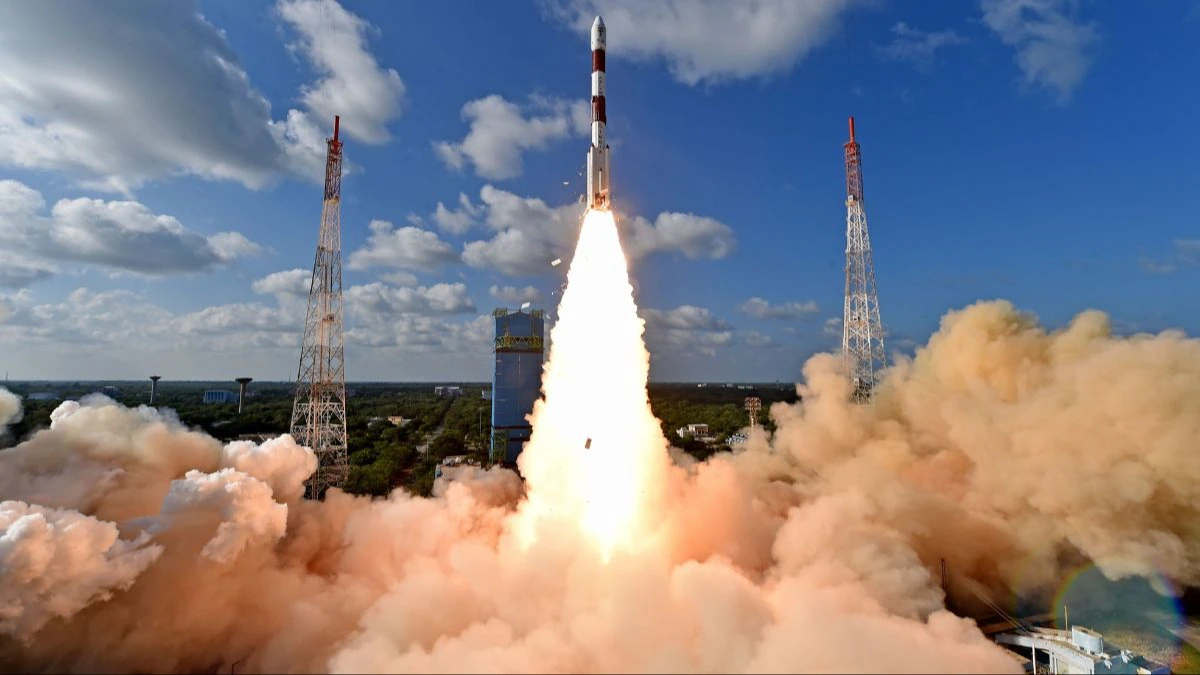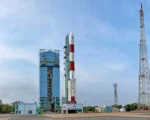XPoSat’s Mission: Exploring X-ray Source Polarisation in Space
On Monday, ISRO achieved a significant milestone with the successful launch of its pioneering X-Ray Polarimeter Satellite, poised to unravel crucial mysteries surrounding celestial entities such as black holes.
The Polar Satellite Launch Vehicle (PSLV) embarked on its C58 mission, flawlessly delivering the primary X-Ray Polarimeter satellite, XPoSat, into its designated 650 km Low Earth Orbit.
Promptly lifting off at the scheduled time of 9:10 am from Sriharikota’s first launch pad, the 44.4-meter-tall rocket soared into the sky, eliciting thunderous applause from the crowd of spectators who had gathered in substantial numbers at the spaceport, situated approximately 135 km east of Chennai, marking a momentous triumph for ISRO’s endeavors in space exploration.
The X-ray Polarimeter Satellite (XPoSat) is aimed to investigate the polarisation of intense X-ray sources in space.
According to ISRO, it is the first dedicated scientific satellite from the space agency to carry out research in space-based polarisation measurements of X-ray emission from celestial sources.

The X-Ray polarisation serves as a crucial diagnostic tool for examining the radiation mechanism and geometry of celestial sources.
The primary payload of XPoSat is POLIX (Polarimeter Instrument in X-Rays) which is designed to measure polarimetry parameters by Raman Research Institute and XSPECT (X-ray Spectroscopy and Timing) built by the U R Rao Satellite Centre, Bengaluru. The Mission life is about five years.
In an ambitious collaboration, ISRO is gearing up for the launch of the cutting-edge joint venture satellite, NISAR (NASA-ISRO Synthetic Aperture Radar), alongside NASA, slated for deployment in the initial quarter of 2024. With an estimated cost of $1.5 billion, roughly equivalent to Rs. 12,500 crore, NISAR is scheduled to embark on its space voyage aboard India’s GSLV rocket.
The comprehensive data relayed by NISAR promises to revolutionize our understanding of various crucial facets including land ecosystems, solid earth deformation, the dynamics of mountainous regions, polar cryosphere alterations, sea ice variations, and the nuances of coastal oceans, all spanning from regional to global scales. This monumental collaborative effort between NASA and ISRO stands poised to provide invaluable insights into these critical aspects, paving the way for comprehensive advancements in earth sciences and global monitoring capabilities.


















